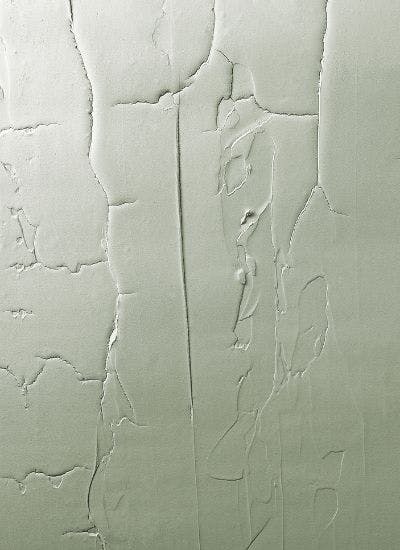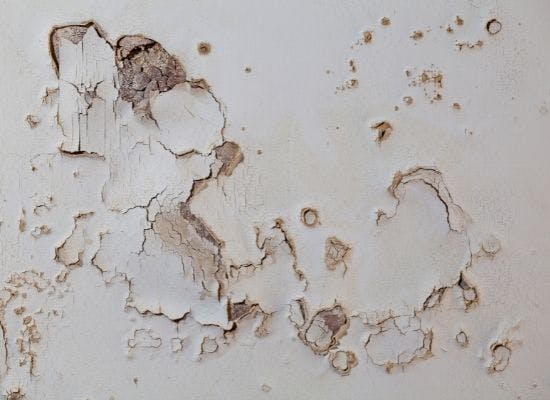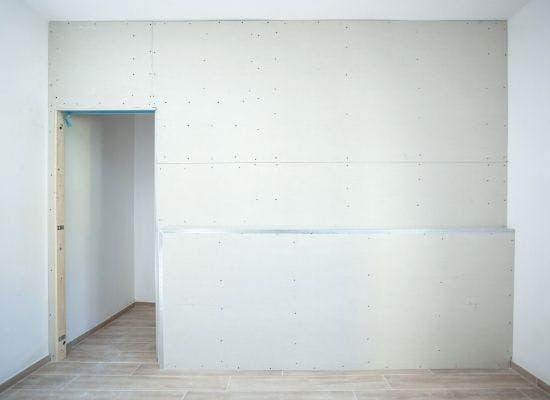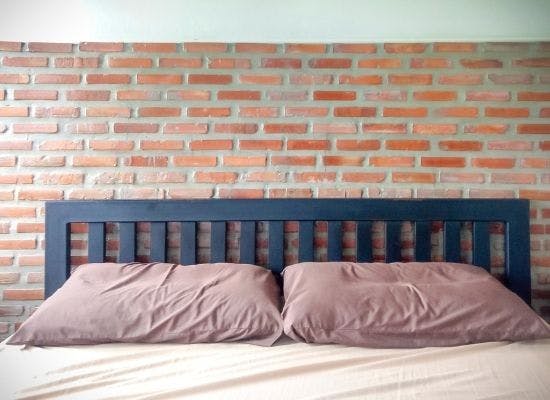Plastering
Fixing Bad Plastering
Written by Dale Richardson - Updated: June 23, 2023
Stay Updated with Expert Tips!
Love our DIY guides and solutions for common household problems? Get expert advice, tips, and exclusive offers in our newsletter. From garden hacks to home maintenance and special deals, we've got it all. Join our growing community now!
Bad plastering is a major pain in the butt if you don't know how to fix it. Luckily, you came to the right place. We like to think that those of us at Fraffles have done enough plastering to make us experts of sorts. Today, we're going to walk you through how to fix a few bad plastering jobs, so pay attention - this may be useful down the line.
Fixing bad plastering can be done - it just takes a bit of elbow grease.
There are quite a few things to cover here, so we better get right into it. Let's go!
READ NEXT: Hairline cracks in new plaster? Here's why.
Bad Plastering: The Basics
First things first, you need to know a few things. When putting down plaster, the first coat will soak into the space between your lath (wood supports) and settle behind it. This excess is called a key, and will harden and act as the base for the rest of your plaster. If you think you have some relatively minor damage, you can absolutely fix it yourself - it just takes a bit of work. If it's serious damage (like water damage across a whole wall or ceiling) you will need to call a professional.
Fixing Loose Plaster

If this is your issue, you'll notice the plaster popping out from the wall. It'll look like it separated from what was holding it in place - because it has. This usually happens because the plaster key has broken. Unfortunately, there isn't a way to just replace the key, but you can find an alternative way to secure it.
You'll be using a combination of specialised adhesive that comes in a caulking tube and screws. Don't worry - the screws are temporary.
First things first, you'll need to drill holes into the plaster (not the lath beneath) and pipe in the adhesive. It'll go between your plaster and lath, securing it in place once dried. But it's not quite dry yet, so you need something to hold it in place - that's where screws come into play. You use specialised screws with plastic washers inserted along cracks and through the whole affected area. Once the adhesive dries (usually no more than a day or two), you can remove them. Add a skim coat of plaster patch over the top and smooth it out, and nobody will know the difference.
Read Next: How to paint copper pipes.
Fixing Holes

Whether you're just clumsy or you have a poorly-placed doorknob with no stopper, holes in plaster are pretty common - it's not exactly the strongest material, after all. If you notice plaster crumbling or just have a hole, it can be fixed. Unfortunately, you'll need to cut out the damaged plaster, revealing the lath.
You can use drywall and drywall screws to patch the hole, securing it in place with the screws to the lath. If you've done a drywall repair, then you know how to do this - it's the same process. Skim coat plaster over the top, add fibreglass mesh tape as a "seam", and skim coat again. And look at that - your wall is good as new!
Read Next: How to fix a broken ceiling.
Fixing Wall Cracks
If you have a hairline crack (or more serious cracks), you'll need to do a bit of legwork to fix it. Generally cracks occur due to a buildup of moisture in the wall, leading to it separating from your key underneath. Unfortunately, you can't actually fix a crack, only mask it.
Using plaster to cover the cracks will temporarily hide them, but as your home settles ( which all homes do as temperatures change ) the cracks will reappear. You can lay a thick layer of plaster down, followed by a sheet of fibreglass mesh, adding more plaster over the top to hide the damage more effectively, but you'll eventually need a pro to replace and reinstall the wall.
Fixing Wavy Walls

You may have noticed that your plaster wall has a few imperfections, such as waves, depressions, or humps in the wall. This is due to bad plastering, no two ways about it. To fix it, you'll need to do a bit of searching. I personally recommend using a level or ruler to find areas that are clearly not flush with the rest of the wall. You can then fill in the lower areas - do not sand down higher bits.
Parts of the wall that stick out a bit are more likely to end up breaking the key if you sand it, as it takes a good amount of force to sand it all down. Use a flat trowel to fill in the gaps, and then give it all a light sanding to ensure it's all truly even.
Read Next: Straw walls - good idea or not?
When to Call a Professional
Now yeah, you can fix most damage to plaster walls. The thing to remember, however, is that there's more to plaster wall than the exterior. If you're not confident in your ability to pinpoint exactly what is wrong (or you just don't think you'll be able to do a good job) it's likely time to call in a professional. I do, however, recommend that you do your homework on who you call before calling them in.
Not all professionals are created equally, and it's good to take an "affordable" professional with a grain of salt. You're here because you have bad plastering in your home - there's no sense in hiring someone who will "fix" it with another shoddy job. Research your pro, find reviews and examples of their work, and remember that you get your money's worth.
Read Next: How to remove No More Nails adhesive.
Final Thoughts
Whether you have holes, cracks, and/or wavy or loose plaster due to a bad plastering job, you're entirely able to fix or patch it yourself. However, it's important to remember that not all things can be truly fixed. For example, a badly cracked wall can be patched but will crack again over time. The only way to truly fix that is to replace the whole section of the wall. While this isn't ideal, it's sometimes better to actually fix the issue than to try and hide it.
And remember, it's never a bad idea to call a professional. Yes, they can be expensive, but that's because they know what they're doing. Just be sure to do your research on them first - you don't want a second bad plastering job over the first. Once you've found the ideal pro, just sit back, make a drink, and watch them do what they do best.
One More Thing Before You Go!
Craving more DIY insights? Don't miss our expert guides and exclusive deals. Subscribe now and get the best of home and garden tips straight to your inbox. Join our community and stay in the know!
Get Cashback Faster & Earn Free Fraffle Tickets
Shop at your favourite stores and enjoy cashback in days, not months. Plus, sign up today to get 5x Free Fraffle tickets!


















